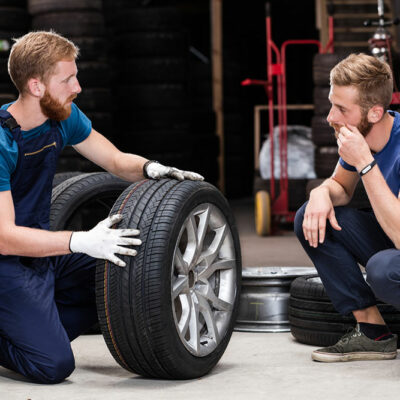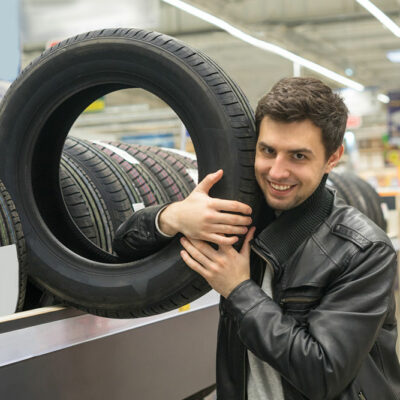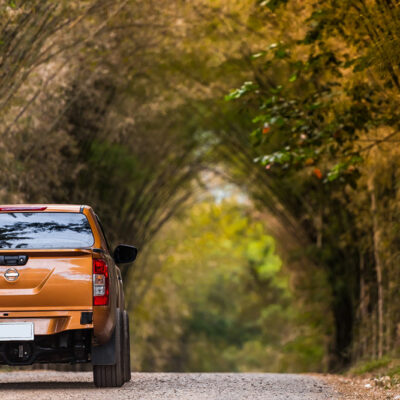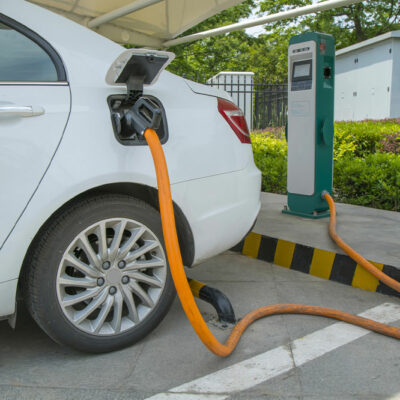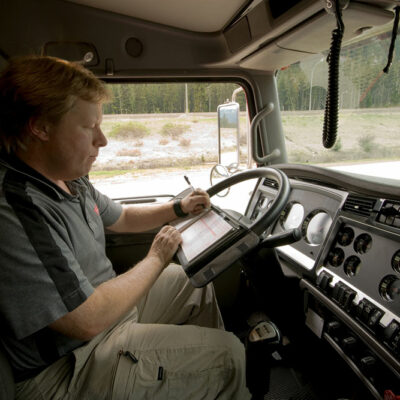
10 mistakes rookie pickup truck drivers should avoid
Driving a pickup truck could be an exhilarating experience, whether using it for work, hauling equipment, or simply enjoying the open road. However, navigating these powerful vehicles might be daunting for rookie drivers. Trucks are heavier and larger than cars, requiring better control and judgment. Here are 11 common rookie mistakes one should steer clear of to prevent accidents, vehicle damage, or costly repairs and ensure a smooth and safe journey. Overloading the cargo bed Pickup trucks are designed to carry heavy loads, but exceeding their capacity could lead to severe consequences. Overloading might strain the suspension, brakes, and tires, reducing control and increasing stopping distances. It could also stress the truck’s frame, potentially leading to costly repairs. Drivers should always check the manufacturer’s recommended weight limits for their truck model. Such information is usually printed in the owner’s manual or a sticker inside the driver’s side door jamb. Ignoring trailer towing guidelines Towing a trailer requires a different skill set than standard driving, and rookie pickup truck drivers often make mistakes in this area. Ignoring trailer towing guidelines, such as the maximum towing capacity and tongue weight, could lead to dangerous situations. For example, exceeding the recommended capacity might strain the engine and transmission, increasing the risk of overheating and mechanical failure.
Read Article 